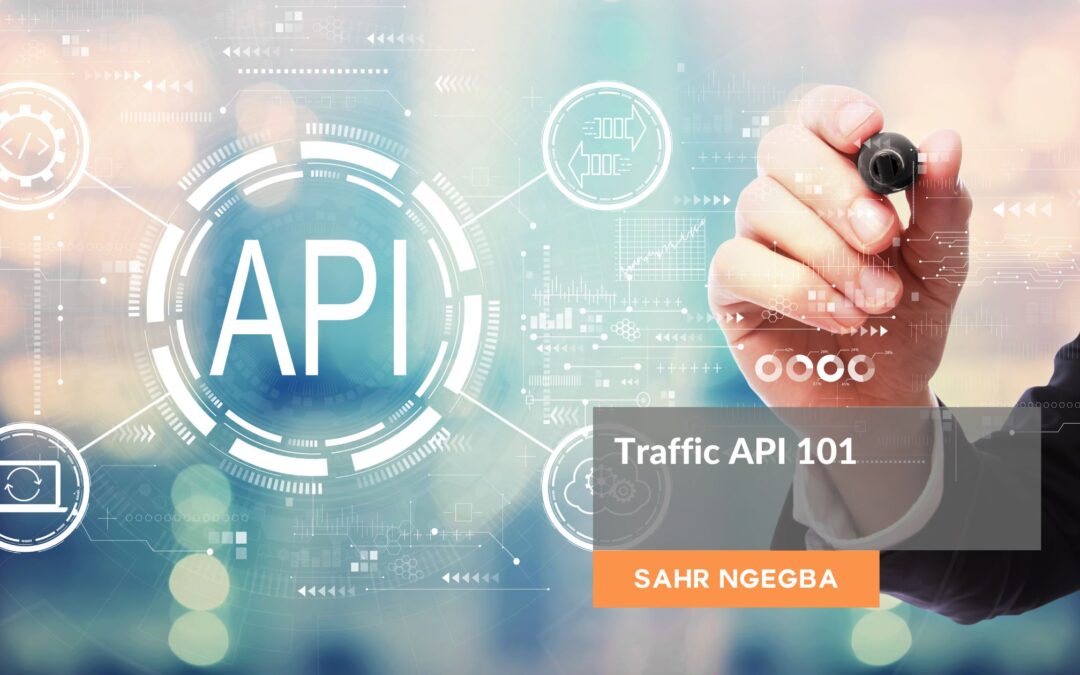In the digital age, data is the backbone of informed decision-making, and this holds true across various sectors, including transportation and urban planning. Traffic data is a critical component that enables businesses, municipalities, and individuals to optimize routes, reduce congestion, and enhance overall transportation efficiency. The Traffic API (Application Programming Interface) is vital in harnessing and utilizing this data to create smarter transportation solutions.
Let’s delve into Traffic API 101 to understand its significance, functionalities, and applications.
What is a Traffic API?
A Traffic API is a set of protocols and tools that allow developers to integrate real-time traffic data and information into their applications, websites, or software solutions. These APIs provide access to traffic-related information, such as current traffic conditions, incidents, road closures, and even predictive traffic patterns.
Key Features and Functionalities:
Real-Time Traffic Updates: Traffic APIs offer real-time information about road conditions, congestion, and incidents. This data helps users make informed decisions about their routes and travel times.
Incident Reports: Traffic APIs provide data about accidents, road closures, construction zones, and other incidents that could affect traffic flow. This information is crucial for avoiding disruptions and delays.
Predictive Analytics: Some Traffic APIs offer predictive analytics, utilizing historical traffic data to forecast future traffic patterns. This is valuable for planning routes and scheduling deliveries.
Alternative Routes: Many Traffic APIs suggest alternative routes based on current traffic conditions, helping users avoid congested areas and find quicker paths to their destinations.
Integration with Navigation Apps: Traffic APIs are often integrated into navigation applications, providing users with real-time updates on their routes and suggesting changes if unexpected traffic conditions arise.
Geolocation Services: Traffic APIs use geolocation data to pinpoint a user’s location and provide relevant traffic information for their current area.
Applications of Traffic API:
Navigation Apps: Traffic APIs are extensively used in navigation apps like Google Maps, Waze, and Apple Maps. These apps use real-time traffic data to guide users through the quickest and most efficient routes.
Delivery and Logistics: Delivery companies utilize Traffic APIs to optimize delivery routes, ensure timely shipments, and reduce fuel consumption.
Urban Planning: City planners and municipal authorities use Traffic APIs to analyze traffic flow, identify congestion hotspots, and make informed decisions about road infrastructure improvements.
Transportation Management Systems: Transportation management systems (TMS) integrate Traffic APIs to monitor and manage vehicle fleets, ensuring they follow optimal routes and avoid delays.
Travel Planning Platforms: Travel planning websites and platforms leverage Traffic APIs to provide users with accurate travel times and alternative route options for a seamless journey.
Emergency Response: Emergency services can use Traffic APIs to quickly identify traffic incidents and choose the best routes to promptly reach the scene of an incident.
Traffic APIs are pivotal in today’s connected world by providing real-time traffic data and insights that enhance transportation efficiency, reduce congestion, and improve navigation experiences. These APIs, from navigation apps to urban planning initiatives, find applications in various industries and sectors.

